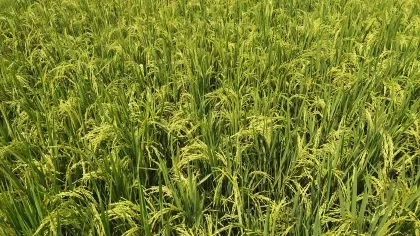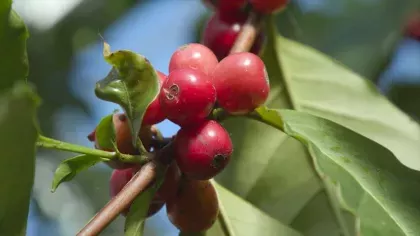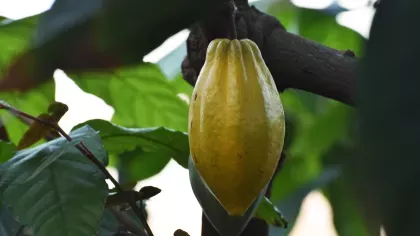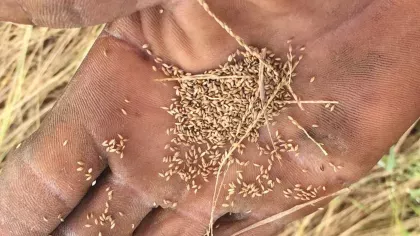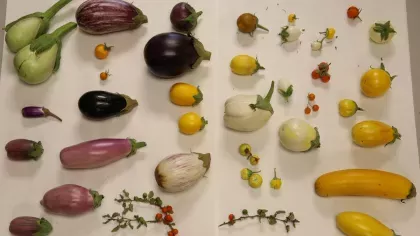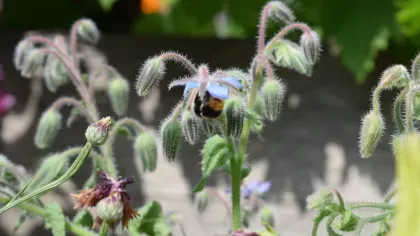
Common oat
On this page
Porridge, flapjacks, muesli and milk substitutes: all reliant on the humble oat.
The common oat farmed widely today is descended from Avena sterilis, a wild oat originally considered a weed of wheat and barley in the Fertile Crescent.
It is thought that this wild grass made its way to Europe in the Bronze Age, where it thrived in the colder, wetter conditions.
As a member of the Poaceae family, oat is a type of grass, alongside maize, rice, wheat and bamboo.
Plant description
The common oat has upright stems that can reach 1.8 m in height. Its leaves grow upwards from the upper part of the stem and are 15 to 40 cm long and 5 to 15 mm wide. The leaves have rough surfaces and taper to a point.
At the top of oat stems are the spikelets, a complex arrangement of small flowers or seeds (depending on time of year), hidden within different kinds of modified leaves. The spikelets are wedge-shaped, between 22 to 27 mm long, and grow on the plant all year round.
Oats grow in temperate regions and are particularly hardy, best sown in winter or spring.


Plant uses
Beauty and cosmetics
Oat extracts are used in many moisturisers due to their hydrating effect on skin.
Food and drink
Oats are most commonly found as rolled oats or oatmeal, where they have their husks removed and are then steamed and flattened. Oatmeal can be used to make porridge, oatcakes, flapjacks, oat flour, granola and muesli.
Oats can also be used to produce a milk substitute, appropriately named oat milk.
Health
Oats are an excellent natural source of manganese, a mineral important for bone health.
Due to their high levels of soluble fibre, oats can help reduce levels of low-density lipoproteins, better known as cholesterol.
Materials and fuels
Oats are a common food stuff for horses.
Oat straw is a popular bedding for horses and cows as it is soft and absorbent.
Did you know?
While largely free from gluten, proteins in oats can sometimes trigger a reaction in people with coeliac disease.
In 2020, the global production of oats was over 25 million tonnes, with Canada and Russia each producing over 15% of the global crop.
As a relatively hardy plant with low cultivation needs, the common oat has been suggested as a food and fodder crop in resource-poor areas like the highlands of tropical Africa.
Find it in our gardens
Kew Gardens
A botanic garden in southwest London with the world’s most diverse living plant collection.
Location
View map of Kew GardensBest time to see
Our work
To secure the future of our food in a world with a growing population and changing climate, we need to protect the wild cousins of our commonly eaten and used plants, like common oat.
These crop wild relatives are a source of valuable genetic diversity and useful traits which could help breeders develop new and improved crops that are more resilient to the impacts of climate change, like extreme temperatures or pests and diseases.
Kew scientists have been working alongside the Global Crop Diversity Trust on a global project, collecting seeds from the wild relatives of oats, such as the wild oat (Avena sterilis), and conserving them in our Millennium Seed Bank for future generations.
